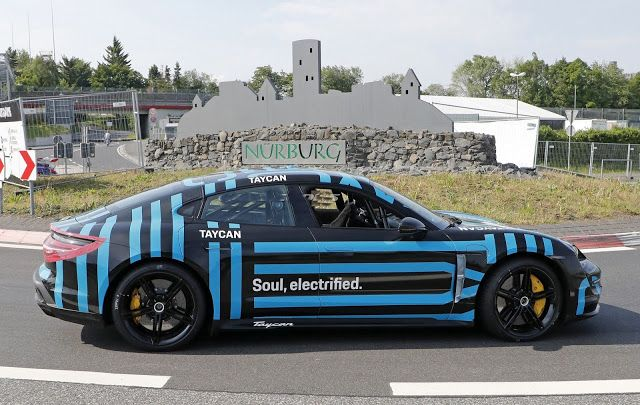Singer3000
Member
Regarding Tesla Semi
April 2019 Q1 call, Jerome Guillen:
“Next year we will start production. We are very happy, we are driving the trucks extensively with so far, I think, quite amazing success, yes.”
If this timeline is to hold, shouldn’t we be hearing quite soon about the where and the how?
We know some of the long lead Model Y machinery is already on order and it will be made at Fremont (Shanghai to follow). What of the Semi? Hope we get a proper update on the Q3 call.
Has felt like a very long wait between the Nov 17 unveil and any further detail. Perhaps the Q3 Battery Day I wonder?
Model Y will be the cash cow that when combined with the 3 finally tips Tesla into sustained profitability. But it’s the Semi that’s likely to make the biggest impact on emissions.
April 2019 Q1 call, Jerome Guillen:
“Next year we will start production. We are very happy, we are driving the trucks extensively with so far, I think, quite amazing success, yes.”
If this timeline is to hold, shouldn’t we be hearing quite soon about the where and the how?
We know some of the long lead Model Y machinery is already on order and it will be made at Fremont (Shanghai to follow). What of the Semi? Hope we get a proper update on the Q3 call.
Has felt like a very long wait between the Nov 17 unveil and any further detail. Perhaps the Q3 Battery Day I wonder?
Model Y will be the cash cow that when combined with the 3 finally tips Tesla into sustained profitability. But it’s the Semi that’s likely to make the biggest impact on emissions.





